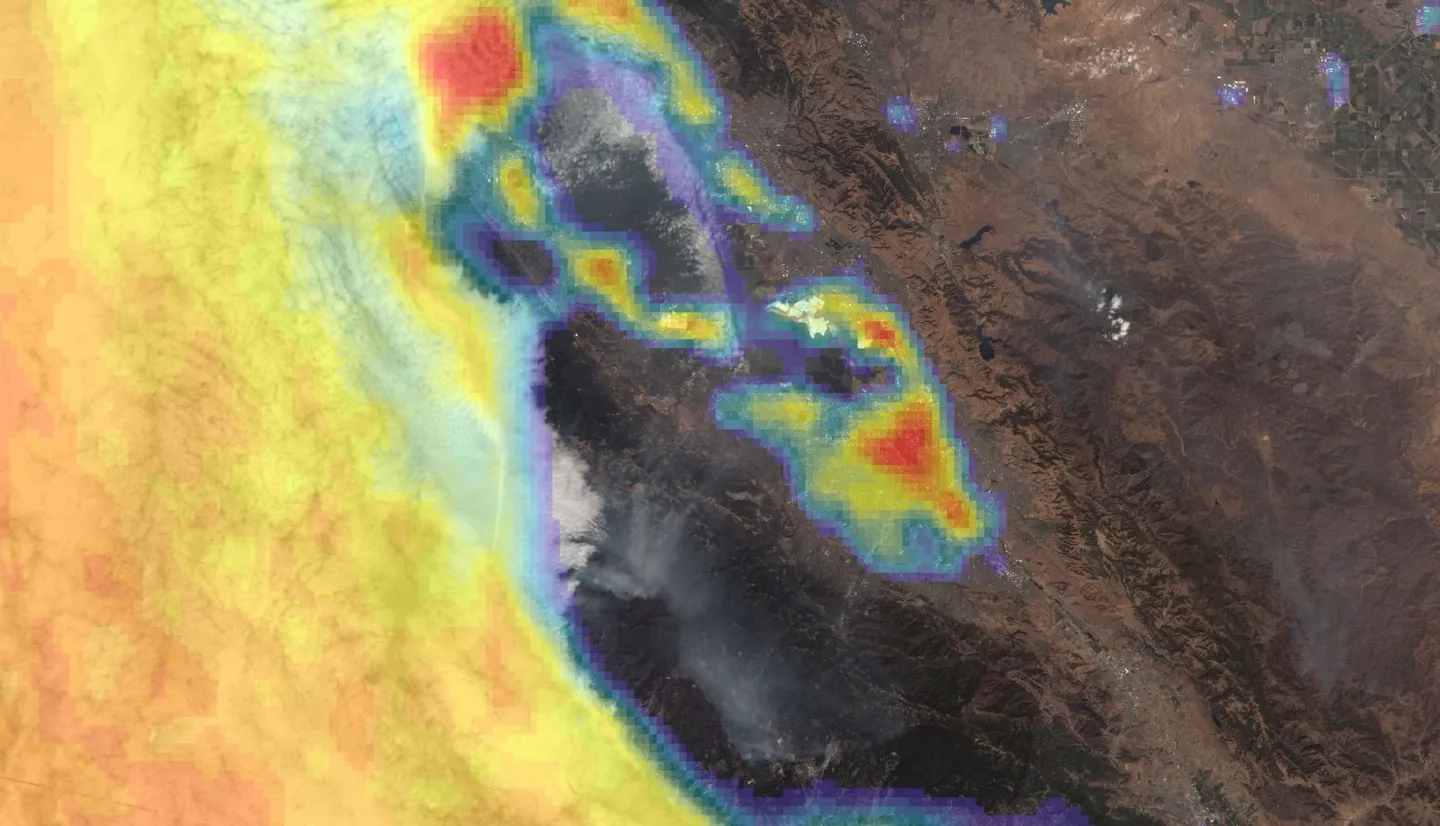
Fog and low clouds play an important role in providing moisture to coastal ecosystems. Coast redwood (Sequoia sempervirens) forests are currently distributed along a narrow strip of coastline in California and Oregon and rely on the presence of marine fog for moisture availability during the dry season (June-October). Recent time series analyses presented an uncertain future of fog frequency; however, a decline in fog presence may have adverse effects on the coast redwood habitat. To support Save the Redwoods League, a non-profit organization dedicated to coast redwood forest management, the team analyzed hourly fog data from the Geospatial Operational Environmental Satellite 17 (GOES-17) Advanced Baseline Imager (ABI) and daily cloud cover data from the Moderate Resolution Imaging Spectroradiometer (MODIS) aboard the Terra satellite. To explore present day fog longevity, GOES-17 was utilized to map the number of fog hours per day for the 2019 and 2020 dry seasons. The MODIS cloud flag was used to map the presence or absence of daily fog, which was summarized to create a monthly fog frequency dataset and identify trends in fog presence between 2000-2020. Both datasets were used as inputs into the random forest machine learning algorithm to identify climatic drivers of fog presence and longevity over the landscape. The present-day models suggested that daily temperature difference is a driving force behind fog presence and longevity. Trends in fog presence from 2000-2020 indicated great interannual variability. Finally, fog presence was modeled under a 2080 climate projection to shed light on the future of fog presence under a projected warmer climate. Model results projected an overall decline in fog presence during the dry season in the 2080s. Decreased fog presence as a result of increased temperature difference under a warmer climate remains to be a topic of investigation as to the impact on future redwood habitat suitability.



